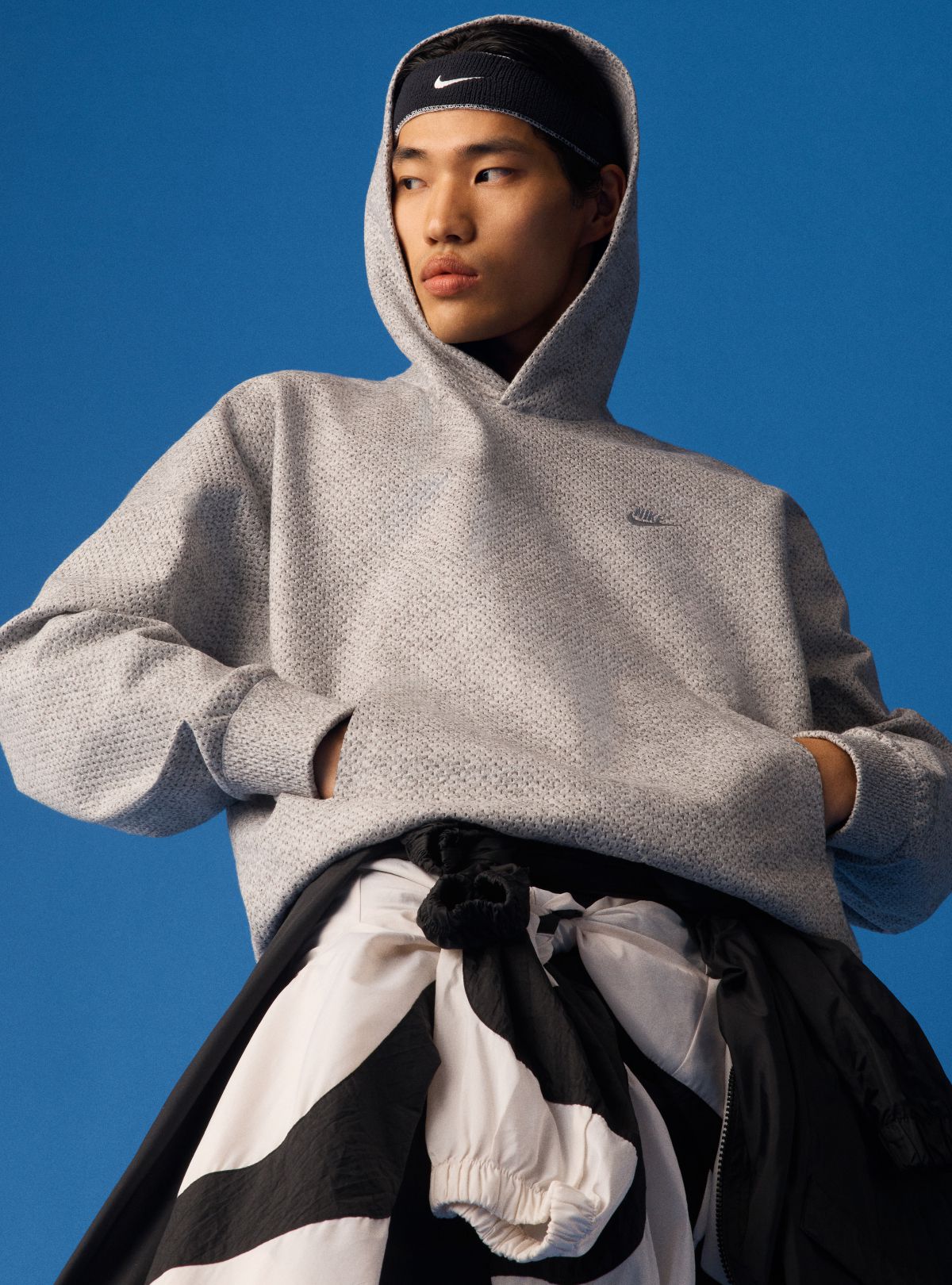
Hardly a year goes by without a new material appearing on the market that promises to be better and more sustainable than plain old cotton, or leather, or certainly polyester.
There was synthetic spider silk, various leather alternatives brewed in a lab or derived from mushrooms or pineapples and different materials made from waste, like cellulosic fibres created from discarded cotton or coconut byproducts. There’s been a surge in polyester made from recycled plastic bottles, too, but that’s arguably not so much a new material as a new way of making an old material. Though the same could be said of LanzaTech’s process to make polyester from captured carbon emissions.
Often there are competing start-ups at work, each making its own announcements about new brand partners and first-ever products. They’ve proliferated enough that “new ‘sustainable’ fabric” was one of the entries on journalist Amy Odell’s satiric bingo card for New York Fashion Week.
The problem is that products made with these exciting new materials have rarely made it beyond the proof-of-concept samples, or small runs of a few styles. Since 2017, when Bolt Threads worked with Stella McCartney to create garments from its spider-inspired Microsilk, the material has turned up in just a handful of items. The same year, lab-grown leather from Modern Meadow appeared in a T-shirt in a fashion exhibit at New York’s Museum of Modern Art, but it hasn’t since appeared in a wide range of consumer products, despite the company saying at the time, and again a few years later, that commercial use was right around the corner. (BioFabricca, a joint venture between Modern Meadow and Italian textile mill Lemonta, has teamed with Everlane on a tote made from a lab-grown leather blend that’s planned for release this autumn).
It seems for every Tencel or Gore-Tex — both created decades ago — there are many materials that never find widespread use.
The latest bold claim comes from Nike, which expects its newest innovation, a polyester-based fabric it calls Forward, to eventually appear across a large number of its own products at least. According to the company, it’s warmer and lighter than Nike’s traditional knit fleece and has a carbon footprint that’s 75 percent smaller. The first items — hoodies and crewneck sweatshirts — go on sale today, but Nike is already calling Forward its biggest move in apparel since Dri-Fit, the sweat-wicking fabric it introduced more than two decades ago that now features in products down to Nike socks.
So what’s the difference between a material that struggles to move past the research lab and one that shakes up the industry?
New materials face a few challenges. They have to fill a need in the market. Typically they have to be cheaper than existing alternatives or so much better that there’s a customer willing to pay the premium. And they have to be able to scale.
That last obstacle can be as difficult as developing the material in the first place. Making something in a research lab isn’t the same as producing it consistently at industrial volumes. It can require a whole different level of know-how — and resources.
With revenue totaling $46.7 billion in its most recent fiscal year, Nike has plenty of money to devote to scaling Forward. It also has a network of global manufacturing partners that Carmen Zolman, Nike’s vice president of innovation apparel design, said the brand has been working with in preparation for scaling.
Forward is different than other materials mentioned because it adapted an existing manufacturing process used in the automotive and medical fields and is made from a pre-existing fibre, polyester. Nike didn’t exactly create something entirely novel from scratch. The brand also developed it specifically for its own use and doesn’t need to convince buyers of its benefits.
Start-ups don’t typically have the same deep pockets, which is why they may enlist partners. Bolt Threads formed a consortium with Adidas, Kering, Lululemon and Stella McCartney (formerly a Kering brand) in 2020 to scale Mylo, its mycelium-based leather. Mylo has since appeared in items like Adidas Stan Smith sneakers, yoga accessories from Lululemon and a handbag and garments by Stella McCartney. (Mycelium leather seems one of the more promising new materials to emerge as even Hermès, known for its exacting standards, plans to use it.)
Of course it can also be hard to generate the same level of commitment from brand partners as a company has to itself, as in Nike’s case. They might want to use a material but may still not be yearning to put it into as many products as possible, especially if it’s costly or initially hard to integrate into their usual manufacturing. A one-off collaboration can give a brand the halo of innovation or sustainability with minimal effort.
Just because a material is slow to spread doesn’t mean it has no future. Scientists at DuPont made the discoveries that laid the groundwork for the rise of synthetic fibres in the early 1930s. It wasn’t until 1951 that the first suit made of DuPont’s proprietary Dacron polyester went on sale, and it took many more years of refining before polyester became a staple of modern wardrobes — for better or worse.
It’s impossible to predict exactly how the new crop of leather alternatives and other materials will fare in the years ahead. But if they meet the needs of brands and can find the resources to continue growing, maybe we’ll see more of them finally showing up in products we can actually buy.



